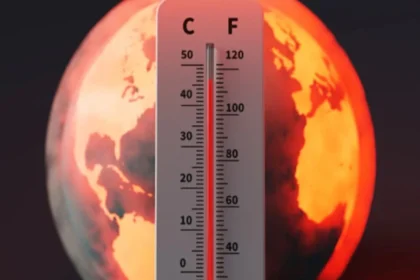Islamabad( The COW News Digital)Pakistan received remittances worth $3.1 billion in August 2025, according to data released by the State Bank of Pakistan (SBP). The inflow reflects continued resilience in overseas workers’ contributions, which remain a critical source of foreign exchange for the country.
The central bank reported that remittances grew by 6.6 percent year-on-year in August. Over the first two months of the current fiscal year (July–August FY2025–26), overall remittances registered a 7.0 percent increase compared to the same period last year. Analysts attribute the rise to sustained demand for Pakistani labor in the Gulf region and an improvement in formal banking channels for money transfers.
Breaking down the inflows, Saudi Arabia remained the single largest source, contributing $730 million in August. The United Arab Emirates followed with over $640 million, reinforcing the Gulf’s dominant role in supporting Pakistan’s remittance inflows.
The United Kingdom sent more than $460 million, while inflows from the United States exceeded $260 million. European Union countries collectively contributed over $430 million, underlining the importance of Pakistani diaspora communities spread across advanced economies.
Economists note that the steady growth in remittances has provided much-needed relief for Pakistan’s external account, especially at a time when the country faces mounting import bills and repayment obligations. Remittances, together with export earnings, form the backbone of the country’s foreign reserves.
The SBP’s latest figures also indicate improved confidence in the country’s formal financial sector, with overseas workers increasingly preferring banking channels over informal hawala systems. This shift has been supported by tighter regulations and digitalization in money transfer services.
Financial experts, however, caution that remittance flows could face challenges if global economic conditions weaken, particularly in the Gulf, where oil price volatility often affects labor market stability. Still, the upward trend in the first two months of FY2025–26 is being seen as a positive sign for Pakistan’s economy.
Policymakers are expected to continue focusing on expanding overseas labor markets, particularly in Europe and Asia-Pacific, to diversify the sources of remittance inflows. The government has also been working with banks and money transfer operators to further streamline the remittance process, ensuring timely and cost-effective transfers for millions of expatriates supporting families back home.







